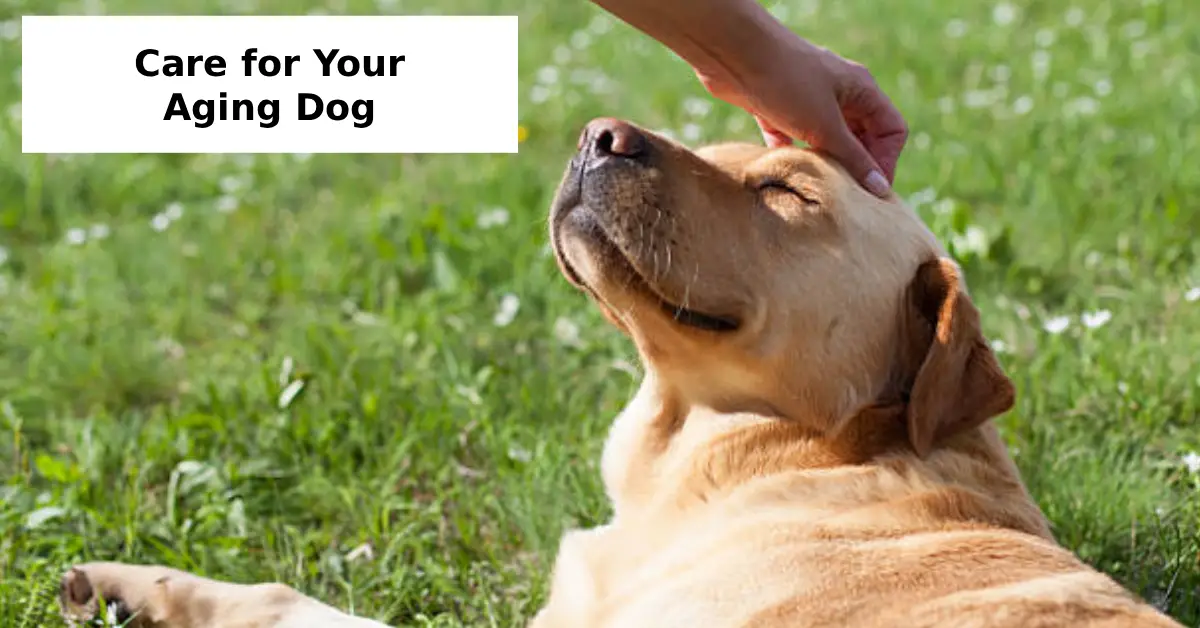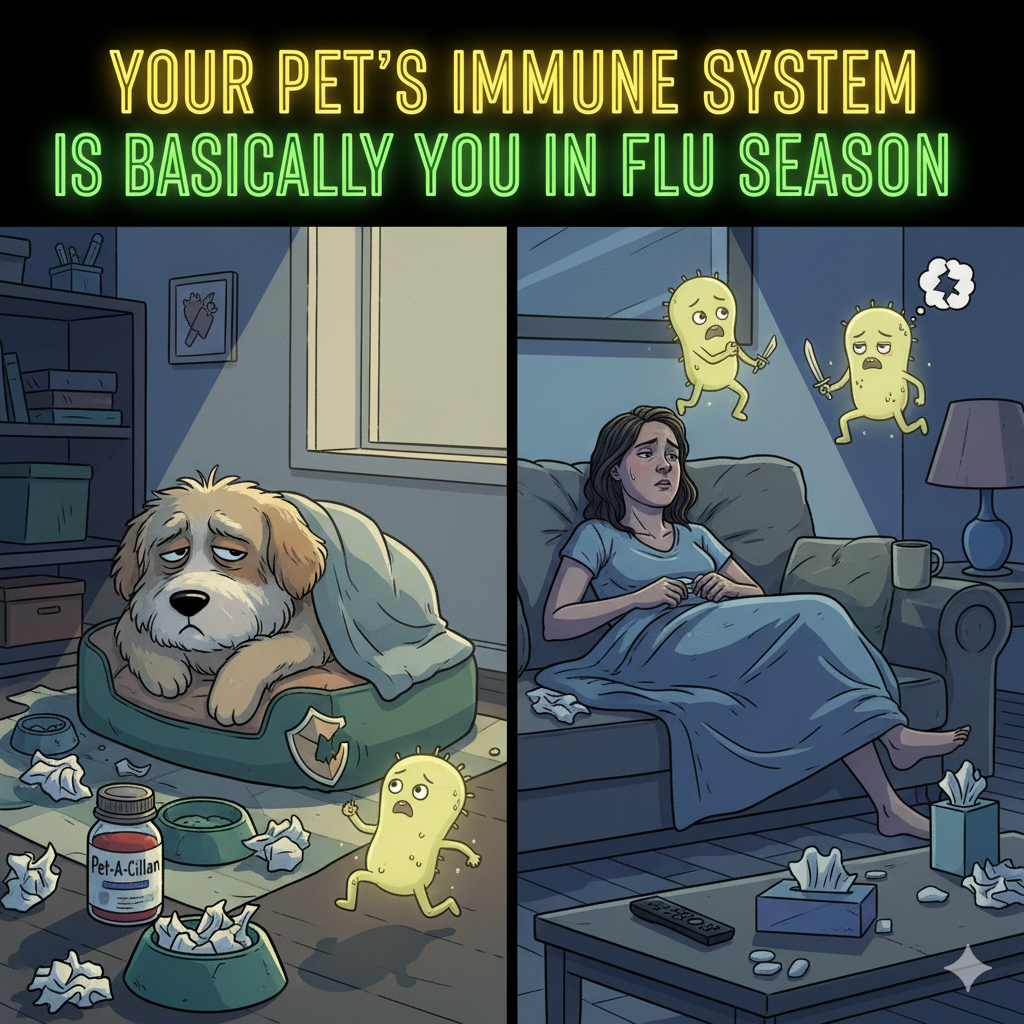As your loyal canine companion gets older, you may start noticing changes in their health, energy, and behavior. Recognizing dog aging signs early can make a big difference in improving their quality of life. Caring for a senior dog isn’t just about managing physical health—it’s about understanding their emotional and behavioral changes too.
Whether you’re a dog owner aged 30–65 in the U.S. or part of a family with dogs over 7 years old, this comprehensive guide will help you identify the signs of aging in dogs, know how to care for an old dog, and provide a better life for your furry friend.
When Is a Dog Considered a Senior?
The age at which a dog is considered “senior” depends on its breed and size. Generally, small breeds enter their senior years around age 7–8, while large breeds may show aging signs as early as 5–6 years old. Knowing when a dog is considered a senior helps you anticipate changes and prepare in advance.
According to the American Veterinary Medical Association (AVMA), senior dogs require more frequent vet visits and specialized care due to increased risks of older dog health issues like arthritis, vision problems, and heart disease.
Dog Aging Signs to Watch Out For
Recognizing dog aging signs early allows for timely interventions. Some common aging dog symptoms include:
- Reduced energy levels and reluctance to play or exercise
- Graying fur around the muzzle and eyes
- Cloudy eyes or vision loss
- Hearing difficulties
- Stiffness or limping, especially after waking up
- Behavioral changes such as confusion or irritability
- Frequent urination or incontinence
- Changes in appetite or weight
- Excessive sleeping or restlessness at night
These signs of aging in dogs may vary depending on breed and health condition. Keep a close eye and consult your vet for accurate diagnosis and guidance.
Old Dog Behavior Changes & Dementia Signs
Aging isn’t just physical—it also impacts your dog’s cognitive function. Old dog behavior changes like pacing, barking at night, or appearing disoriented could be early dog dementia signs (Canine Cognitive Dysfunction).
Signs of cognitive decline include:
- Walking in circles
- Getting stuck in corners
- Forgetting commands or routines
- Increased anxiety or aggression
- Accidents in the house despite being potty trained
These are not just personality quirks—they may indicate cognitive decline that requires medical or behavioral intervention.
How to Care for an Old Dog: Practical Tips
1. Schedule Regular Vet Visits
Senior dogs need more frequent health check-ups—at least twice a year. Early detection of older dog health issues like kidney disease or arthritis can make a big difference.
2. Focus on Nutrition
Older dogs may need a special diet with fewer calories, more fiber, and added joint supplements. Ask your vet about food tailored for senior dog care.
3. Manage Their Weight
Obesity in aging dogs can worsen joint problems and lead to diabetes or heart disease. A balanced diet and light exercise go a long way.
4. Prioritize Mobility
Mobility becomes a concern for older dogs. Use dog mobility aids like ramps, orthopedic beds, and supportive harnesses to reduce strain on joints.
5. Daily Mental & Physical Stimulation
Continue gentle walks and include puzzle toys to keep your dog mentally engaged. This helps slow down cognitive decline.
6. Grooming and Hygiene
Senior dogs may have sensitive skin or difficulty grooming themselves. Regular brushing, nail trims, and dental care are crucial.
7. Create a Safe & Comfortable Environment
Reduce the risk of falls by removing slippery rugs or stairs. Make their resting area cozy and accessible, especially for dogs over 7 years old.
Health Tips for Aging Dogs
To improve your senior dog’s quality of life, follow these expert-approved health tips:
- Keep vaccinations up to date
- Regularly monitor blood pressure and glucose levels
- Brush their teeth to prevent periodontal disease
- Provide supplements like glucosamine and omega-3 for joint health
- Use night lights if they suffer from vision loss
Always consult with your vet before starting any supplement or making dietary changes.
Expert Advice from Veterinary Professionals
Veterinary professionals stress the importance of a proactive approach. “The earlier you spot dog aging signs, the better you can manage chronic conditions and enhance longevity,” says Dr. Sarah Johnson, DVM, from Ohio Pet Wellness Center.
Pet bloggers and veterinary professionals recommend journaling symptoms or behavior changes weekly to spot patterns or declines. It’s also a useful record to share during vet visits.
In-Home Care Tips for Senior Dogs
Many people searching for in-home care tips for senior dogs want practical advice. Here’s what you can do at home:
- Elevate food/water bowls to reduce neck strain
- Use pee pads or belly bands for dogs with incontinence
- Offer shorter, more frequent walks instead of long outings
- Play calming music if your dog gets anxious when left alone
- Avoid loud noises and create a predictable daily routine
Understanding Your Dog’s Emotional Needs
Older dogs may develop separation anxiety or become more dependent on their humans. Be patient, affectionate, and attentive. Respond calmly to old dog behavior changes and offer plenty of reassurance.
Pet owners should remember that dog aging signs are natural, not a failure in care. With time and love, your aging dog can still lead a fulfilling life.






1 thought on “How to Care for Your Aging Dog: Recognizing Key Signs”